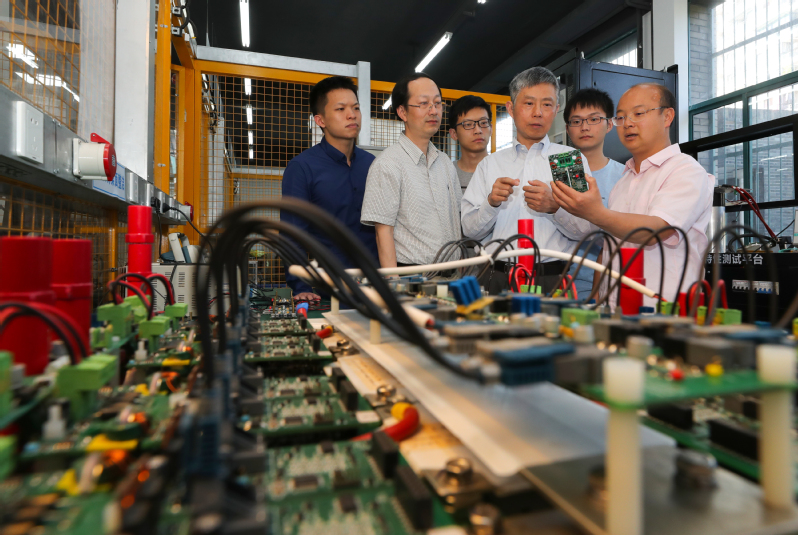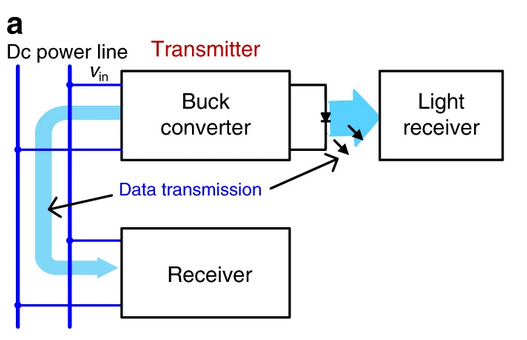'Talkative power' is possible, ZJU electronic engineers show
On May 18, the journal of Nature Communications published the findings of the research team led by Prof. HE Xiangning at the Zhejiang University College of Electrical Engineering in a research article titled “Nature of power electronics and integration of power conversion with communication for talkative power”.

In this study, researchers reconsider power electronic converters from an interdisciplinary perspective and propose an approach to integrating communication into direct current (dc)-dc converters to achieve what is termed as ‘talkative power’. This proposed integration method renders it possible for power to ‘talk’, or communicate, during the process of conversion. This research is expected to open up a new direction for the fusion of power electronics and communication electronics.
The technology of power electronics uses power semiconductor devices and passive elements to convert and control power and alters the fundamental form of power to achieve a diversity of power electronic converters, thus tremendously promoting the application efficiency of power. It has become one of the most extensively used technologies in the 21st century and has penetrated into every facet of industry and life.
Since pulse width modulation (PWM) was introduced into power electronics for dc-ac inverter control, it has become the mainstream modulation method in power converters. With the development of modern information technology, power electronics has many applications in communication and Internet-based industries. However, power electronics and communication electronics have been long addressed separately as two distinct subfields of electrical engineering. In fact, they are both based on electromagnetic theory, and electricity is the indispensable matter-based carrier of messages from the communication medium.
In order to explore the intrinsic connection between power electronics and communication electronics, the research team led by Prof. HE Xiangning has engaged in the interdisciplinary research for many years and has made remarkable achievements. They study the essential nature of dc-dc power converters and characterize the similarity of their operation principle to that of communication systems. Based on this similarity and the double modulation methods used in power electronics and communication, a double modulation strategy for both power and data is formulated and applied in dc-dc power converters to achieve the‘talkative power’. A modulation strategy called frequency hopping-differential phase shift keying (FH-DPSK) is also mapped out to overcome the crosstalk between chosen transmission systems.

The general structure of the experimental prototype, which includes a buck/boost converter as a data transmitter, a receiver sharing a common power line with the buck/boost converter and a light receiver. vin denotes the input voltage of the buck converter. Data are transmitted from the buck/boost converter to the receiver via the dc power line and to the light receiver via the visible LED light.
The ‘talkative power’ converter has a myriad of applications in contexts such as distributed power electronic systems, modularized dc devices, luminaires and the Internet of Things, which are dual-purposed to provide both energy and communications currently in separate ways. In addition, the FH-DPSK strategy is an essential supplement to support cutting-edge techniques in conventional light-emitting diode (LED)/lighting technology.
This research provides insight into the in-depth fusion of power and communication systems and the integrated design of the two systems. “It makes significant contributions to building the bridge between electrical engineering and communication engineering and may influence the thinking of both communication engineers and power supply engineers,” experts observe.